Do you know there are still lots of unpaved roads in the world? Many of these are actually gravel roads. You will find these paths in the majority of rural areas and low-traffic zones.
We have prepared a simple guide today to tell you the meaning of gravel roads and how they are built. You will also learn how you can safely drive on gravel routes.
What is Gravel Road?
A gravel road is a type of road made with small stones and crushed rocks. Mostly, you will see them in rural areas. They are also built in places where traffic level is minimum.
Gravel roads are not paved like asphalt or concrete paths. However, they are strong enough to let your vehicles pass safely.
You can drive on them in most weather conditions. Sometimes, you may find them dusty or wet. Furthermore, you don’t need much budget and effort to build these routes.
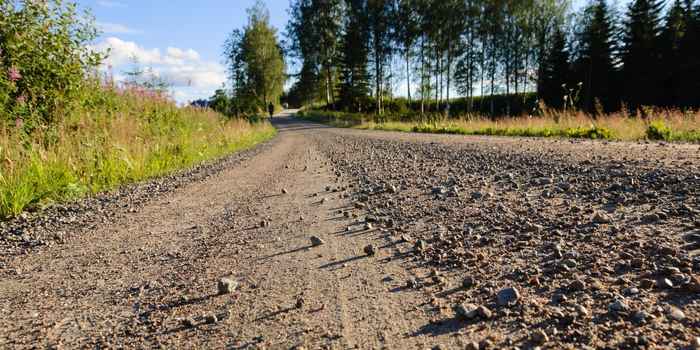
Types of Gravel Road – Based on Materials
Based on their construction and applications, you will see different types of gravel roads. Every type performs best in specific locations and for several traffic.
-
Pea Gravel
Pea gravel constructed with small, smooth and rounded stones. You can see it on driveways, paths & commercial areas. It feels comfortable and stable when you walk or drive your car on it.
These roads are excellent for easy drainage. Also, it is easy to maintain them as well as less expensive to build. In this way, you can keep your driveway in good shape.
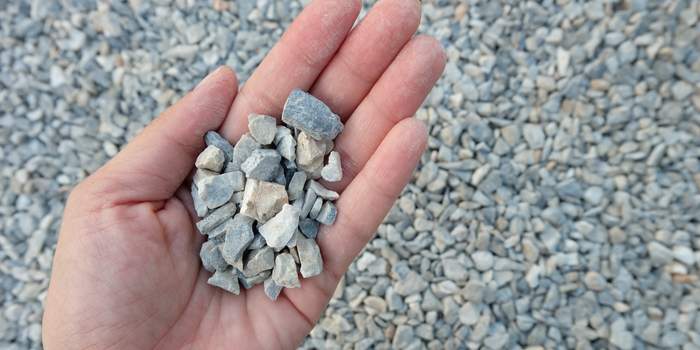
-
Jersey Shore Gravel
Jersey Shore gravel is basically light-colored and has small rounded stones. These paths look natural and can drain water well. That’s why you can use it for driveways and garden paths.
You will find them in different colors such as gold, tan, white, brown and yellow. But, you must require borders or special pavers to make these roads stable. Because, they can’t stay in one place without support.
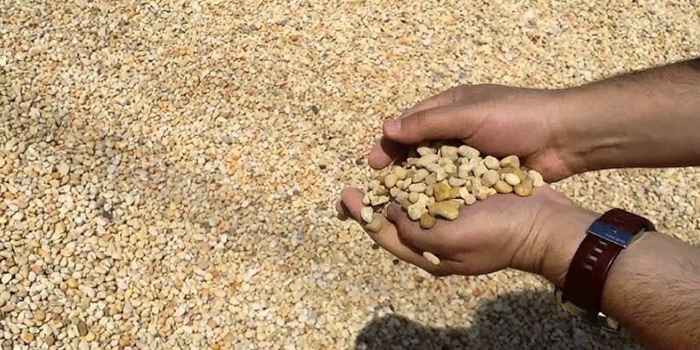
-
Gravel Road With Crushed Stone
This gravel road is made with crushed stone. For its construction, you have to spread broken stones over a road surface. You will find it strong and stable, so you can easily pass your vehicles on it. Additionally, it will be your best choice for pathways and rural areas routes.
The crushed rocks are tightly compact together. This prevents the gravel from moving around. You can also add more stones to keep the road smooth and safe for you to use.

-
River Rock
River rock made roads are smooth and have nature like style. Rounded stones are used for their construction that you can get from rivers. You will see river rocks in different sizes and colors such as gray, brown and white.
You can use these rocks on driveways, pathways and landscaping. They have good water drainage ability too. As a result, you can easily keep the path area clean and safe.
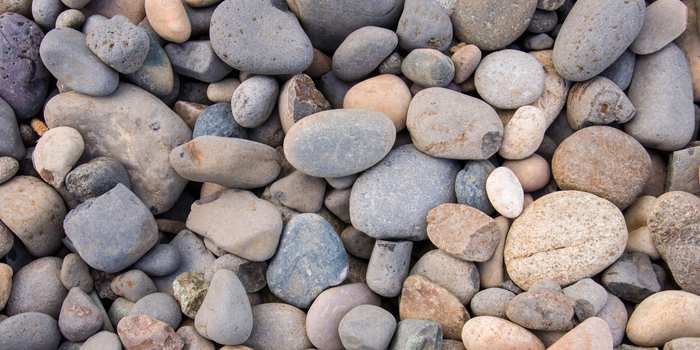
-
Decomposed Granite
To build these roads, fine granite pieces are used that pack tightly together. You will find its top pavement layer smooth and firm when you drive your vehicle on it. Its materials can also drain water well, so the road will never stay on the road for long.
As these paths are affordable to construct and simple to maintain, you will also see decomposed granite (DG) roads in gardens, parks and rural areas.
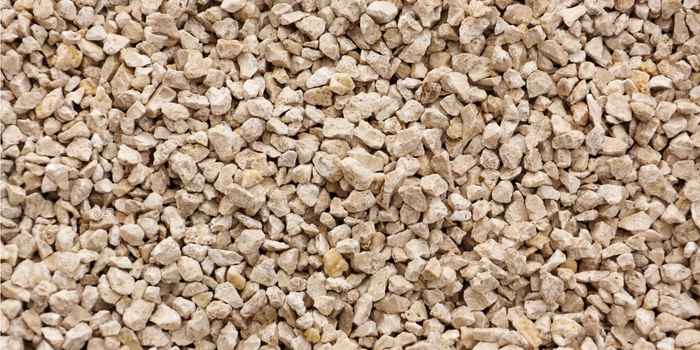
-
Coarse Pit Run
Coarse pit run gravel roads are made from gravel which is collected directly from gravel pits. Basically, it uses a mixture of big rocks, smaller stones and dirt. These roads feel rough under your car tires. But, they provide you with a solid path for driving in rural/ less developed areas.
Driving on Gravel Roads
Well, driving on gravel roads is different from asphalt/concrete roads. Following are some important driving tips that help you to avoid accidents and also protect your vehicles from damage.
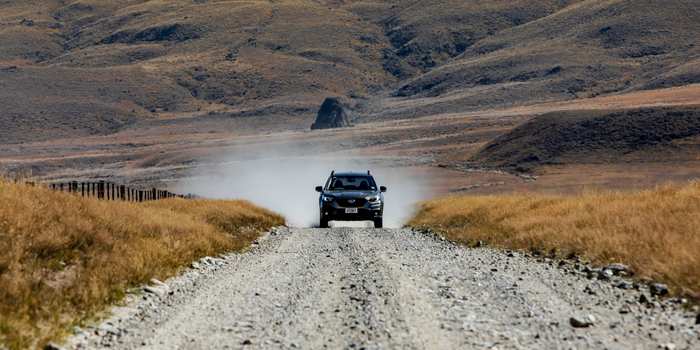
How Fast Should You Drive on Gravel?
When you drive on gravel, you should drive slower than on paved roads. Because, if you speed up too much, your vehicle can slide and it will be hard for you to control. The maximum speed limit generally depends on the road type.
However, driving speed between 20 to 40 km/h is safer for you. Always remember to slow down more on turns or if you notice that the road is rough.
4×4 Vehicles and Driving on Gravel
The 4WD vehicle gives you more power and grip on rough roads, but it’s not completely safe for you. You may still slip if you drive too fast and brake suddenly on gravel roads. Your 4×4 vehicles can handle loose stones better, you should slow down, use right gear and stay alert.
Does Driving on Gravel Hurt Your Car
Yes, gravel roads can damage your car over time. For example: Your vehicle’s paint and windshield can get hit by stones. Dust can damage the engine and make parts wear faster. Additionally, your automobile tires and suspension feel more pressure on rough gravel. You can reduce damage to your car by its regular cleaning and maintenance.
Is It Legal To Pass on a Gravel Road?
You are sometimes allowed to pass on a gravel road. But, it is not always safe for you. If you see signs or rules that say “no passing” then it is illegal. In many places, you can pass your car if the road is wide enough for you to see clearly.
You should avoid overtake on narrow roads because it can be dangerous for you. In short, you have to use your judgment for your safety.
Gravel Road Sign
You will see warning signs before the gravel road starts so you can avoid sudden danger. These boards warn you that the road ahead is not paved.
Whenever you notice this sign, it means the driving surface will be loose and rough. In such a way, gravel road safety signs prepare you for dust, stones, slow speed and lees grip.
Gravel Road Construction Specifications
For the construction of gravel roads, engineers have to follow clear rules to make roads safe and durable. You should choose the right type of gravel, proper thickness plus good quality drainage. Also, you must make sure the road is shaped and compacted well.
Gravel Road Layers
The gravel road is built with three main layers. Each layer has its own important role. These parts make the road able to handle weight, drain water & stay in good shape for years.
- Subgrade: It is the natural soil under the road. This layer supports the whole road.
- Sub-base: This is a strong layer built on top of the subgrade which adds extra strength and spreads traffic load equally on the surface.
- Surface Course: The surface is the top part you drive on. It is made with smaller gravel & crushed stone.
During construction of gravel roads, there is a small amount of variation allowed (how thick each layer) is called road tolerance levels. This acceptable limit for each layer is:
- Top gravel Layer: 15 mm
- Base Layer: 10 mm
- Ground Layer: 20 mm
Gravel Road Maintenance
Gravel roads require regular care to stay safe and smooth for a long time. Over time, you may notice deep tracks, potholes and loose stones on it. That’s why it’s important for you to repair them on time.
With the right fixing, you can keep the road strong, in good shape and easy to drive on. Simple tasks such as grading, addition of fresh gravel and dust control will also extend the life of the gravel highways.
Gravel Road Erosion Control
The water can move the loose stones from gravel roads. To stop this, you must plan good drainage and solid road design. For example: you can shape the road with a crown and slope. The placement of small channels or pipes can also control erosion. Further, you can use water filled barriers, clean the debris or stabilize the surface with plants as well.
Dirt Road vs Gravel Road
You may see both gravel and dirt roads in rural and less busy areas. But, they behave very differently. Below table shows you the main contrasts between them.
| Major Aspects | Gravel Road | Dirt Road |
| Strength | Strong surface and more stable | Less stable and has soft surface |
| Material | Made of crushed stones, minerals & sand | Build with plain soil or dirt |
| Driving | You will have smooth ride and good grip | Feel slippery and rough to drive on |
| Cost To Build | More expensive than dirt road | Cheaper to construct |
| Weather Resistance | Can handle rain better | It get muddy when it rains and dusty when dry |
| Load Capacity | Gravel road can carry heavy vehicles easily | These roads can manage light traffic only |
Purpose of Gravel Roads
- Gravel roads provide you with strong and durable ways for travel.
- They are low-cost alternatives for you where paved roads are too expensive.
- These roads link farms, rural areas and remote communities.
- You will have maximum protection from floods because gravel roads can durian water easily.
- The gravel paths are easy to repair and maintain as compared to paved roads.
Disadvantages of Gravel Roads
Along with their many benefits, gravel roads also have some drawbacks you should know about. These routes can create dust and get muddy in rain. Dust can block your view and affect air quality.
You will also see potholes, bumps and cracks over time. Hence, you will have bad driving experience and your vehicles may damage faster. Due to these limitations of gravel roads, they are not ideal for busy roads & premium surfaces.
Areas Where Gravel Roads Work Best
Gravel roads perform better in some areas as compared to other zones. Below examples will show you why these roads are not suitable everywhere.
Rural & Farm Roads
Gravel roads are perfect for rural and agricultural areas. By these routes, you can easily move between your fields, barns or small villages. Because they can easily handle the load of your tractors, farm trucks and occasional vehicles.
Temporary Roads At Construction Sites
As you know, building zones need roads for only a short time. In such a case, gravel roads are ideal. You can build them quickly and remove and change them later. They can handle heavy equipment plus you can also adjust them easily as the work progresses.
Access Roads For Low-Traffic Areas
Gravel roads are great for areas with only a few vehicles. You don’t need to spend much money for their construction. Generally, you will find them in parks, small residential areas and private properties. Their maintenance is easier than paved roads and still gives you a reliable surface for driving.
Final Note
At last, we hope now you are clear about what gravel roads are and why these roads are used in villages and less-traffic zones. You can see, when you drive on gravel roads, it can be tricky if you are not careful.
You must drive slowly, stay alert and always follow safety tips to keep your journey safe. However, if you are an engineer or road project manager, you can contact us for expert guidance and quality road building materials.


-80x69.png)

